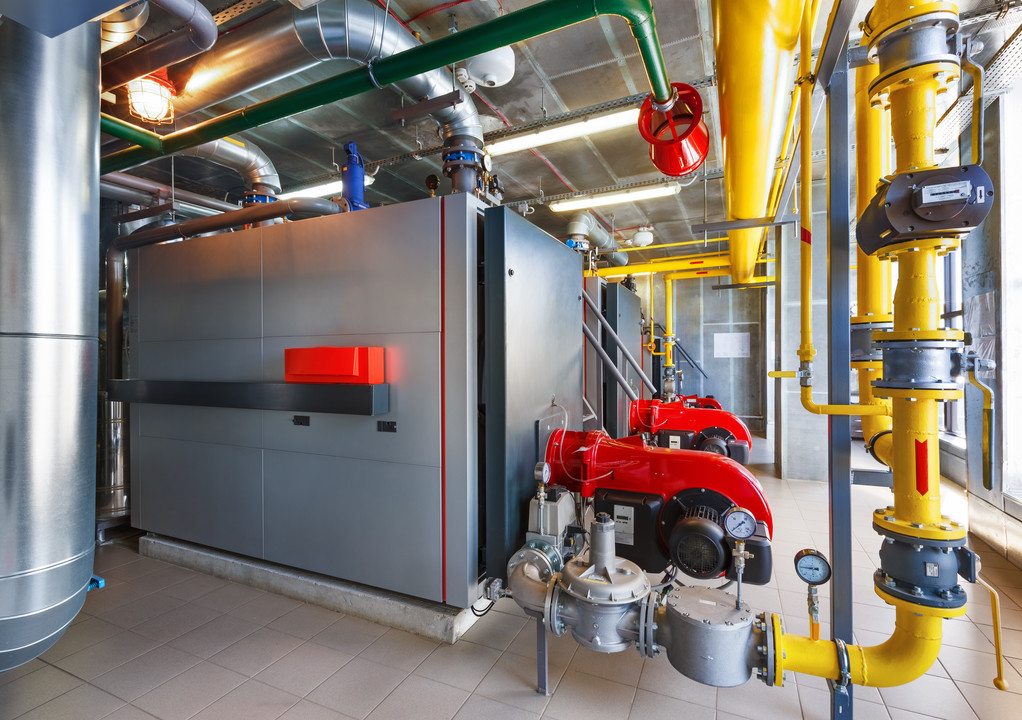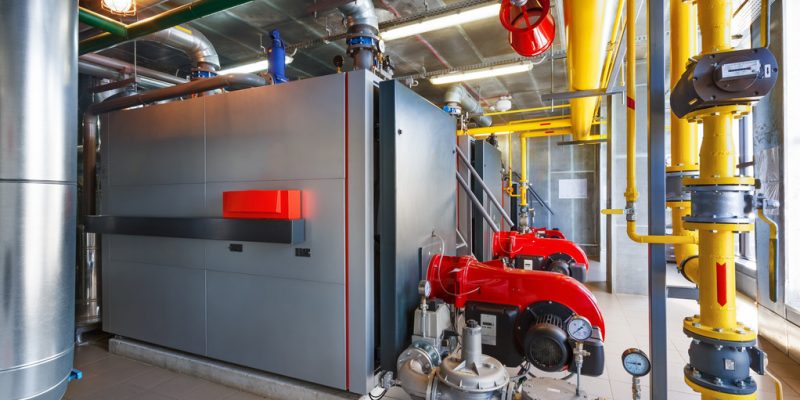
It's That Time of Year: Boiler Start-Up Season
Boiler start-up and filling a boiler is a critical process, and needs to be done correctly. How you fill and start your boiler can have a big impact on boiler function, so don’t be tempted to cut corners.
Always refer to ASME (American Society of Mechanical Engineers) boiler recommendations and any instructions that accompany your boiler system. Protecting the boiler from the outset will pay off over the course of the winter season.
Have new tubes been installed the boiler since shut-down last season? If so, the boiler must be cleaned with an alkaline cleaner to remove any cutting oils used in tube manufacture.
Boiler Start-up: The Filling Process
Filling the boiler with water is the first step in your start-up procedure. Your goal is to minimize dissolved oxygen in order to prevent corrosion. The number one cause of boiler tube failure is oxygen attack due to dissolved oxygen in the water, so preventing corrosion from oxygen during boiler start-up and filling is a high priority.
Note that colder water contains more oxygen. See the Oxygen Solubility Chart for reference.
Discouraging Corrosion from Oxygen in Boiler
Boilers without deaerators will demand a considerable amount of sulfite / oxygen scavenger to eliminate incoming dissolved oxygen. It takes 10 ppm of pure sulfite to tie up 1 ppm of dissolved oxygen. So if you are filling a boiler with 120 degree soft make-up water, the water filling the boiler will have roughly 4 ppm of dissolved oxygen in it, and therefore will require a minimum of 40 ppm of pure sulfite to tie up the oxygen . So if boiler volume is 2,000 gallons, it will require roughly 8 pounds of 25% sulfite to tie up the oxygen. However, you actually need more than that to provide residual oxygen scavenger.
The same boiler with a deaerator will have only 0.07 ppb of dissolved oxygen entering the boiler, so sulfite demand will be minimal.


Maintaining Correct Alkalinity in Boiler
To minimize the general corrosion which can occur as a result of non-alkaline water in the boiler, you will want raise the pH in the boiler- boost the OH-alkalinity to a minimum of 300 ppm. A sufficient quantity of a chemical like B 250 will boost the alkalinity to this level.
Protecting the Condensate
When starting a boiler which normally has minimal make-up, it is not unusual to see a high demand for a neutralizing amine when starting up; this is due to large initial volume of make-up. High alkaline make-up water will generate more CO2 and subsequently, more amine may be needed. The normal feed rate for amine may be inadequate.
But considering this, be cautious. Adding large slugs of amine can cause carryover as it all volatizes all at once. At start-up, monitor the condensate pH both near and far from the boiler room, and add small amounts of additional amine to buffer the pH up. If there is high iron , you may need to discard some condensate.
Monitor Boiler and Maintain Records
It always pays to monitor plant boiler readings and keep good records. Over time, you can learn what mixture your boiler plant requires at start up’ history will help you if you use that as a baseline each year as you fill the boiler and start it up for the season.
Careful and appropriate start-up is key to getting your boiler off to a good start for boiler season..
Give us a call at Chemtex, we would be happy to check out your system and help you bring it on-line for a successful boiler season.



/NQA-ISO-9001-Logo-ANAB.jpg)